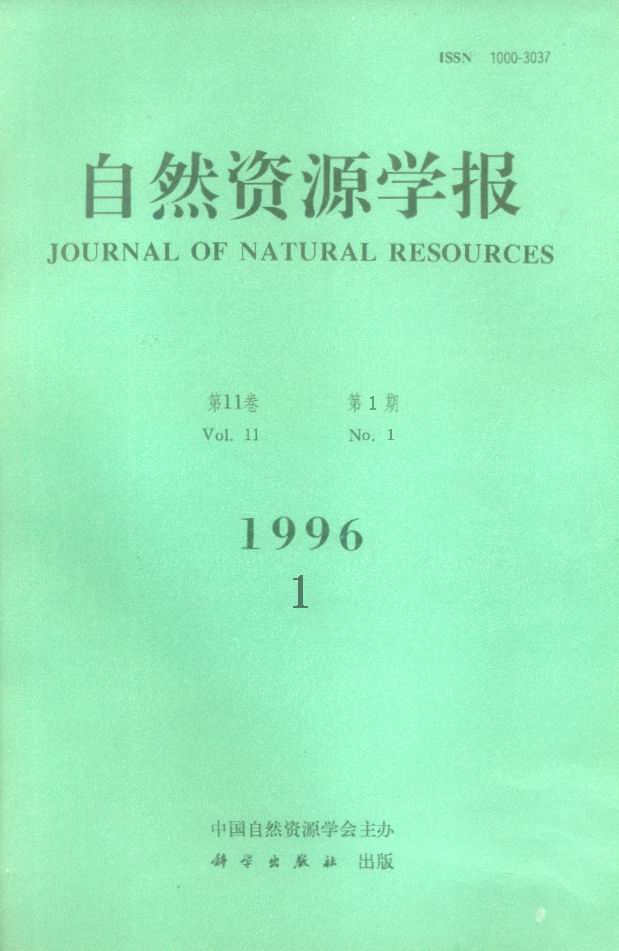Special Column:Celebration of the 70th Anniversary of IGSNRR, CAS
Zheng Weilie
The wild ornamental xylophyta resource in the Shergyla Mountain region is abundant. There are 40 families, 75 genuses and more than 190 spieces. The main families are Rose Family, Heath Family, Honeysuckle Family, Saxifrage Family and Pea Family. The main genuses are Rhododendron, Honeysuckle, Plum, Spiraea and Contoneaster. Of them 47.6% are Flower trees, 24.6% are Flower-fruit trees, and 11.0% are Fruit trees. Of the Flower trees, 46.4% are white flower spices, 19.6% yellow, 18. 1 % red and pink, type makes up 75.3%, the Sun-shrubs type 16.8% and the Alpine-shrubs type 7.9%. The spieces of the Sun-shrubs type are introduced and used most easily. Yellow Peony, Hookers St. John'swort, Rockspray Cotoneaster, Largeflower Jasmine, Big Cupress and so on must be exploited first, as they are introduced easily and their ornamental value is very high.
